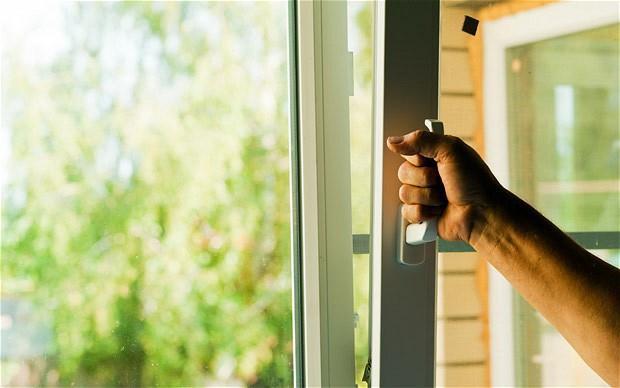Polyvinyl chloride
PVC, or Polyvinyl chloride: is one of the earliest plastics, and is also one of the most extensively used. It is derived from salt (57%) and oil or gas (43%).

- History
- Properties
- Applications
- Processes
- Recycling
- Faq
History
PVC was first created thanks to multiple and accidental discoveries at different times during the 19th century. In 1913 the German Friedrich Heinrich August Klatte became the first inventor to receive a patent for PVC with a polymerization method for vinyl chloride using sunlight. However no useful purpose for PVC was found until the 1920s when Waldo Semon, an American industrial scientist, made PVC a more functional material while trying to create a synthetic replacement for natural rubber.
Sales took off eventually when PVC started being used as a water resistant coating for fabrics. Demand accelerated even more during the Second World War when it became the standard insulation for wiring on military ships, thanks to its superior safety and non-flammable electrical properties. Over the next decades, many more companies started to produce PVC and volumes increased dramatically. Developers quickly found further, innovative uses and refined manufacturing methods to improve durability, opening the door to applications in the construction sector.
Properties
PVC’s combination of properties enables it to deliver performance advantages that are hard to match. This material is durable and light, strong, fire resistant, with excellent insulating properties and low permeability. By varying the use of additives in the manufacturing of PVC products, features such as strength, rigidity, colour and transparency can be adjusted to meet most applications.
Applications
By varying the use of additives in the manufacturing of PVC products, features such as strength, rigidity, colour and transparency can be adjusted to meet most applications, including:
- Building products, including window frames and other profiles, floor and wall coverings, roofing sheets, linings for tunnels, swimming-pools and reservoirs.
- Piping, including water and sewerage pipes and fittings, and ducts for power and telecommunications.
- Coatings, including tarpaulins, rainwear and corrugated metal sheets.
- Insulation and sheathing for low voltage power supplies, telecommunications, appliances, and automotive applications.
- Packaging, pharmaceuticals, food and confectionery, water and fruit juices, labels, presentation trays.
- Automotive applications, including cables, underbody coating and interior trimmings.
- Medical products, including blood bags, transfusion tubes and surgical gloves.
- Leisure products, including garden hoses, footwear, inflatable pools, tents.
Processes
PVC (Polyvinyl-chloride) is one of the earliest plastics, and is also one of the most extensively used. It is derived from salt (57%) and oil or gas (43%). PVC is made from chlorine – produced when salt water is decomposed by electrolysis – with ethylene, which is obtained from oil or gas via a ‘cracking’ process. After several steps, this leads to the production of another gas: vinyl chloride monomer (VCM). Then, in a further reaction known as polymerisation, molecules of VCM link to form a fine white powder (PVC). This powder is mixed with additives (stabilisers and/or plasticizers) to achieve the precise properties required for specific applications. The resulting PVC granules (compounds) or ready-to-use powders (pre-mixes) are then converted into the final product.
